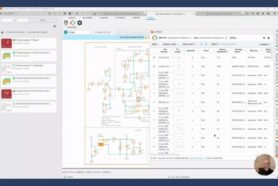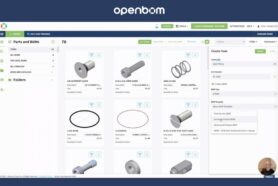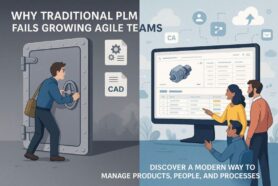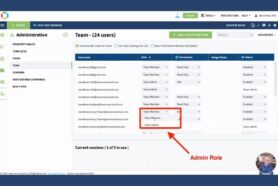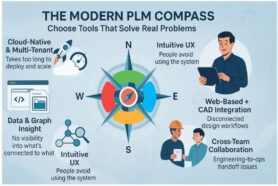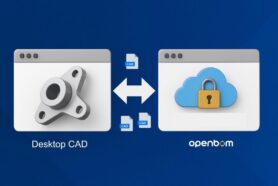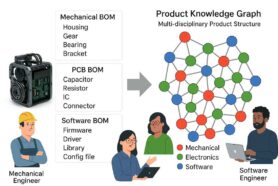
The landscape of Product Lifecycle Management (PLM) software has undergone a significant transformation in recent years, thanks to modern software architecture. The advent of microservices, cloud infrastructure, web components, and services has revolutionized how PLM software is delivered and used.
In this blog post, we will explore how OpenBOM ‘s modern PLM platform can be used in other services and applications and, especially, how these components can be used as a glue to build other services, perform integration and re-use in the applications you need to build.
It is different from traditional PLM solutions. Let’s learn more about it.
OpenBOM – A Paradigm Shift in PLM:
OpenBOM stands out from traditional PLM systems due to its innovative data management technology and architecture. At its core, data is the foundation of the OpenBOM platform. Unlike monolithic PLM systems, OpenBOM employs a modern multi-tenant data management architecture with robust databases, including a graph database. This flexibility enables OpenBOM to accommodate various data types originating from engineering and enterprise systems.
Real-time collaboration is a key highlight, allowing instant data sharing through patented BOM (Bill of Materials) collaboration methods. Let’s delve deeper into what makes OpenBOM unique.
End of Monolithic Solutions:
OpenBOM shatters the monolithic PLM mold, making it suitable for multiple companies. Its robust, multi-tenant network-based system can be seamlessly integrated with various systems, including CAD, PDM, ERP, and CRM. What’s more, OpenBOM components can easily be integrated into other solutions, enhancing its versatility and adaptability.
In this article, we’ll focus on OpenBOM services and components, highlighting their reusability and versatility.
Reusable Services and Components:
OpenBOM’s modern architecture allows users to register for an OpenBOM account online and leverage embedded services to address common product lifecycle management challenges. Here are four key components that simplify product structure management and BOM collaboration:
Items Catalogs:
Manage items of specific types, including standard components, with interactive management or flexible data import from other systems.
Product Structure:
A core OpenBOM component that uses a reference-instance data model to build product structures (BOMs) from items. It offers automatic switching between multi-level and flattened BOMs and supports real-time collaboration. This component can be seamlessly integrated into CAD and other manufacturing platforms.
Collaborative Grid with Flexible Data Model and Visualization:
Organize and visualize structured data using predefined OpenBOM data properties, allowing instant data sharing and collaboration with stakeholders.
As you can see, OpenBOM collaborative components allow users to share data and communicate in real time.
Graph Navigation (New):
A recent addition, this component enables graph and tree visualizations of product data, enhancing data exploration and analysis.
Licenses and Deployment:
You can subscribe to OpenBOM services online and it can be accessed through a global cloud instance on openbom.com, making it easy to create accounts and use the platform. Additionally, OpenBOM offers the option to create an independent instance using your AWS account, with support for Azure and GCP coming soon. This licensing and deployment approach caters to companies looking for a separate instance of OpenBOM. OpenBOM is also exploring alternative open-source licensing options.
Conclusion:
OpenBOM represents a new breed of product lifecycle management software and technology. It harnesses modern data management architecture, characterized by granularity and microservice architecture, facilitating seamless integration with other systems. Its flexible data model allows easy data import from multiple sources, enabling users to fuse and interconnect data as needed.
With service components, OpenBOM can be embedded within other solutions and products, whether they are off-the-shelf software or custom solutions developed by vendors and large customers. To explore how OpenBOM service components can benefit your organization, reach out to OpenBOM today.
In a rapidly evolving PLM landscape, OpenBOM is leading the charge, providing a flexible, collaborative, and innovative solution for modern product lifecycle management needs.
Contact OpenBOM today to learn more and discuss how you can use OpenBOM components in your organization and solutions.
Best Regards,
Oleg
Join our newsletter to receive a weekly portion of news, articles, and tips about OpenBOM and our community.


